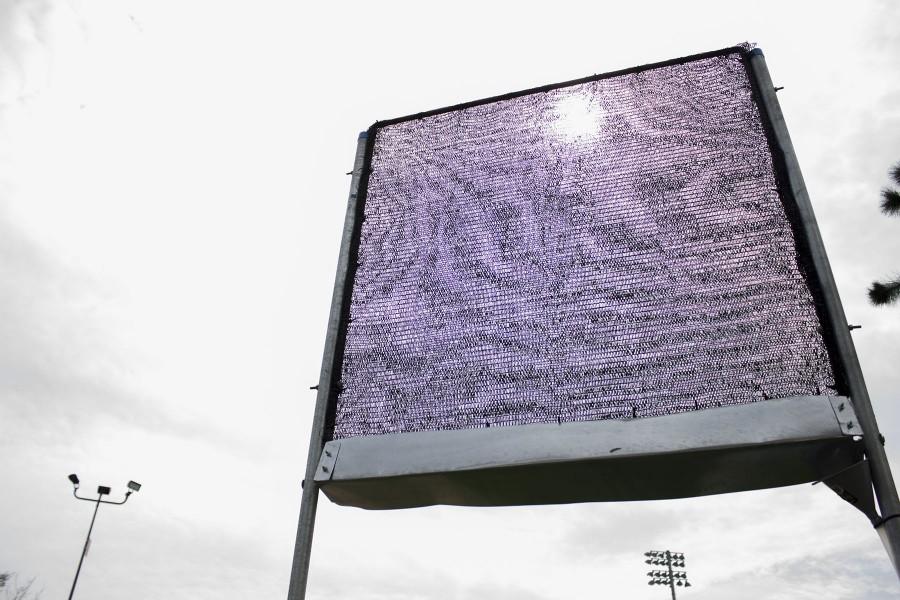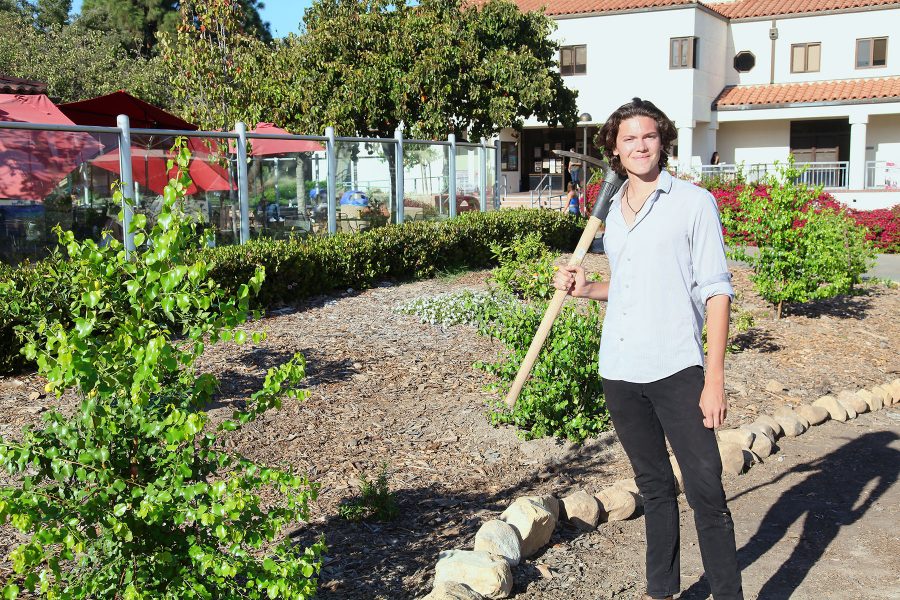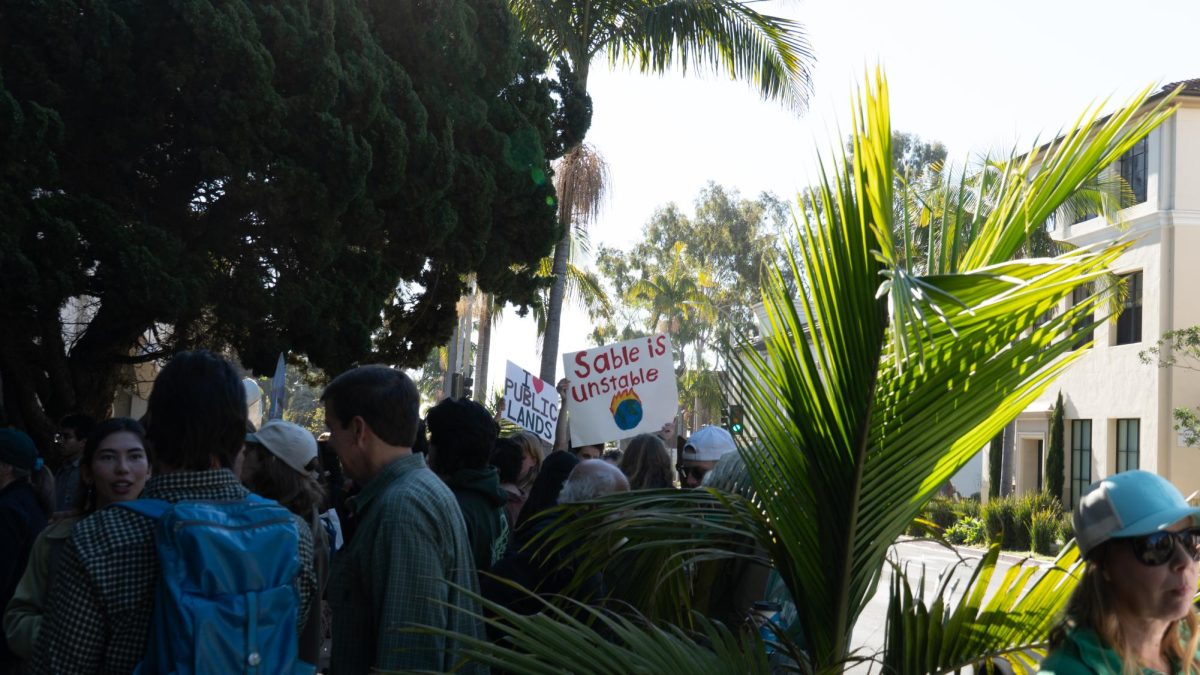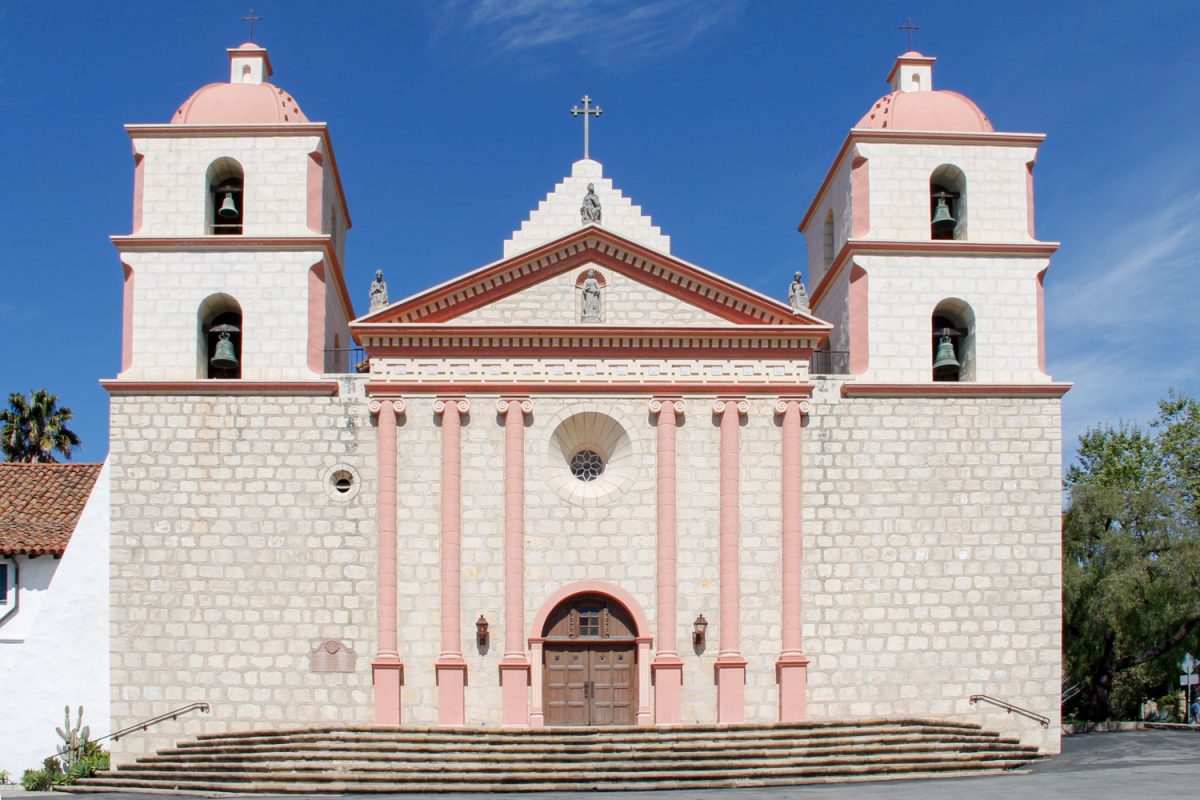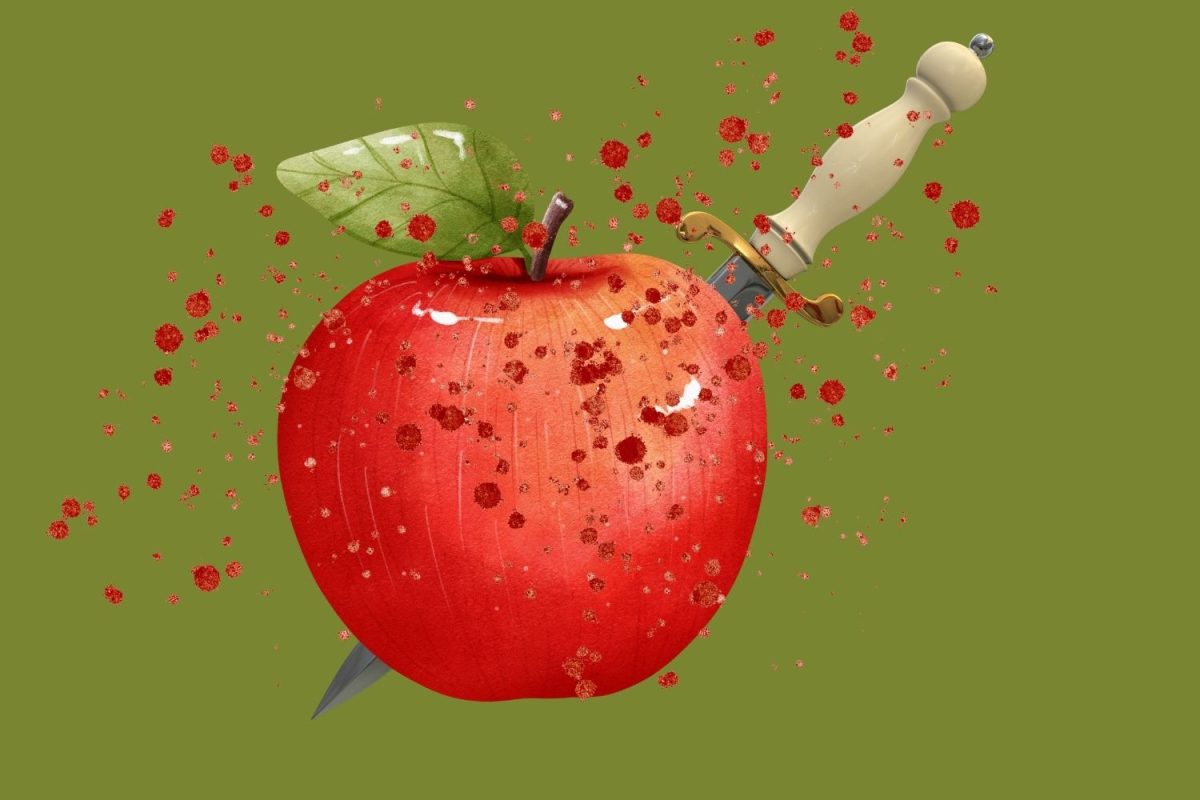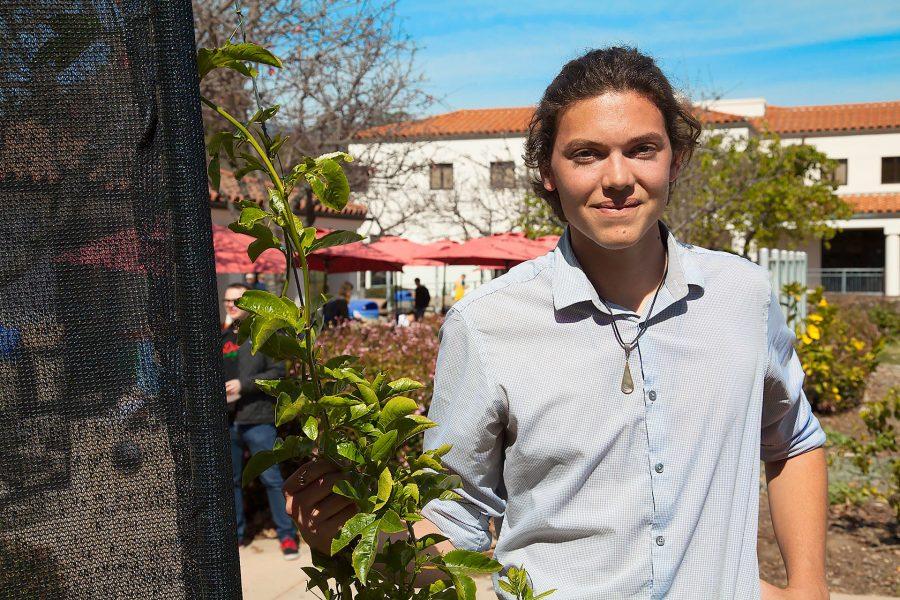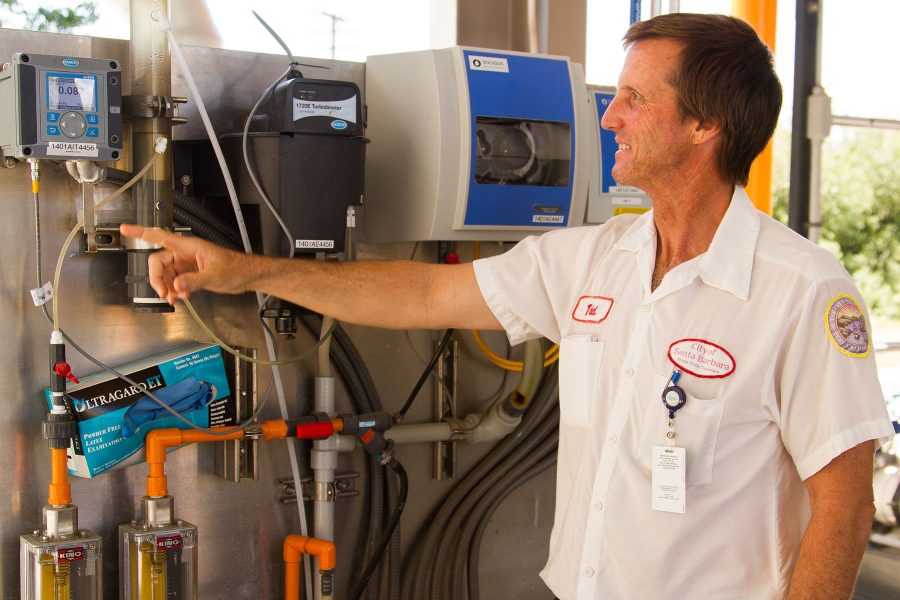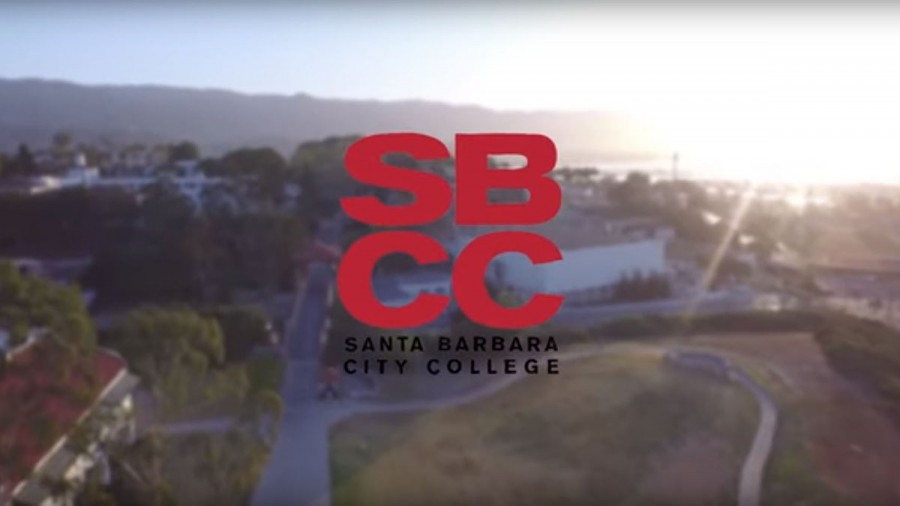A crop of contraptions that absorb fog and convert it to usable water will be used on City College’s campus, at a low price.
City College’s Projects and Sustainability class and its instructor Adam Green, tested the fogcatcher last semester. The fog catcher converts fog into water vapor. The class plans to implement these devices at the East Campus permaculture garden, which is a sustainable vegetable and flower garden.
The catchers are made up of mesh netting that mimics the process of pine trees and redwoods, which condense fog into water vapor for the surrounding soil.
City College’s Center for Sustainability plans to move the project into a large-scale operation this spring with assistance of former City College student, Kendall Craig.
“It was originally an idea than Adam Green and I came up with over a year ago,” said Craig. “We used the design template from CSUMB originally but made some tweaks to that layout.”
Craig is the project manager for the center. The center is upgrading the fog catcher design to be aesthetically pleasing and sustainable.
The Center for Sustainability said these newly designed fog catcher trees are an efficient and affordable way to reduce water usage. The creation of the new fogcatcher system is expected to cost roughly $100.
Craig believes placing several fogcatchers on campus is an efficient and cheap way for the school to save water. This could be an alternative for the city as well, opposed to expensive developments such as desalination plants.
Devon Parham, an industrial art student, created the new design. It will be roughly 12-feet tall and resemble a tree, which will blend in with the surroundings of the garden.
The catcher will be covered in the mesh-like netting that captures and condenses the fog from the coast.
“The foggy months in Santa Barbara are from May to September so we haven’t really seen their full potential just yet because we haven’t had much fog,” said Craig.
Craig also plans to build a drip-irrigation system connected to the fog catcher, which will capture the water and run it through the permaculture garden.
“With these catchers installed we can hopefully start to seep more water into the soil and decrease our demand on the city water,” said Green. “These are the kind of projects that focus on the bigger picture”.
Craig mentioned how countries like Chile, where the idea of the fog catcher originated, have already implemented the system and proved its effectiveness in drought conditions.
The Center for Sustainability is holding an event on April 29 to fully incorporate the new fog catcher design into the West campus permaculture garden. Any students interested in sustainability projects are encouraged to attend.


